
Sign in to your ScreenRant account
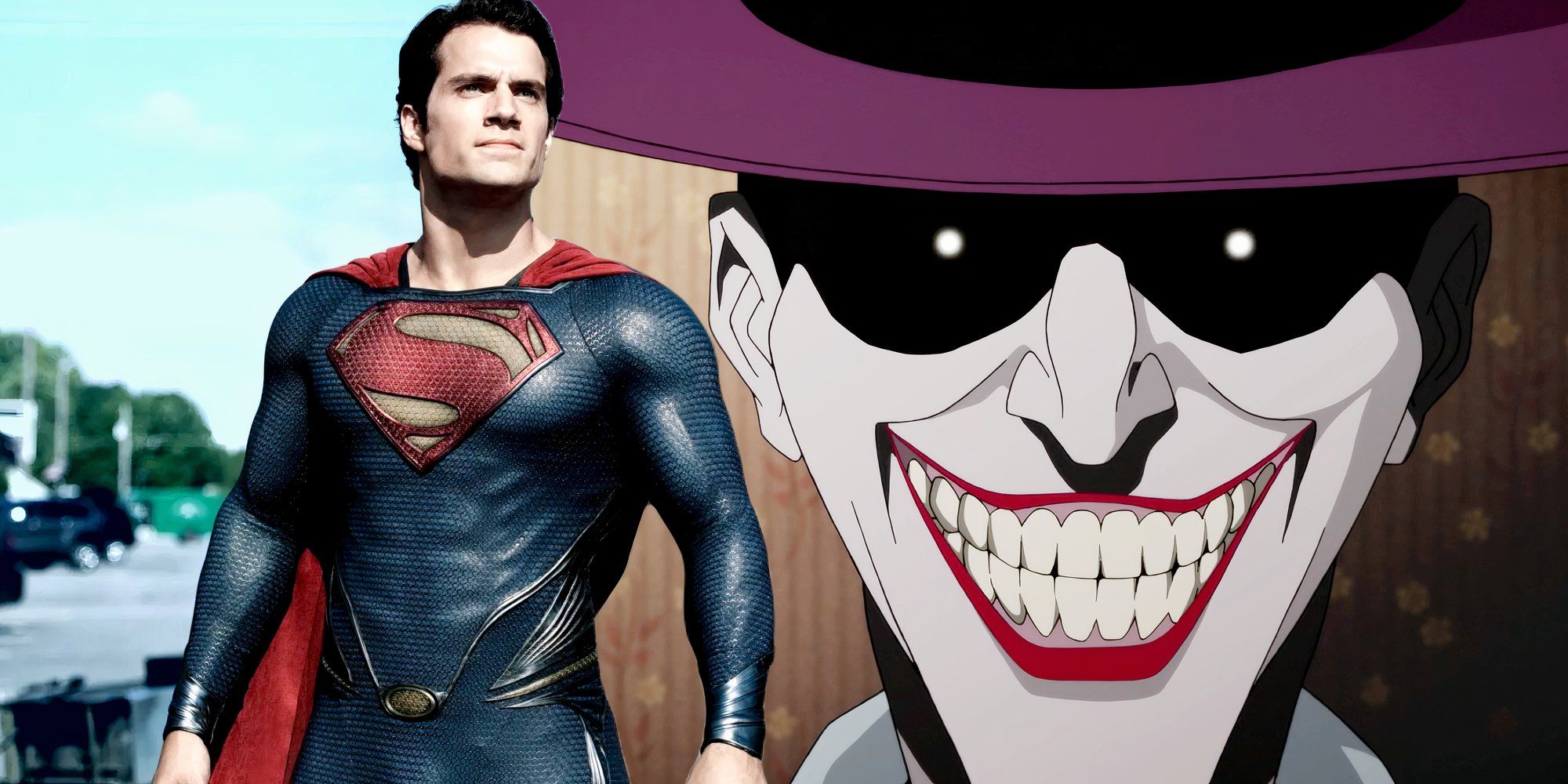 Custom image by Richard Craig
Custom image by Richard Craig
While DC movies have offered some of the most thrilling moments in cinematic history, they also produced some which become increasingly challenging to watch upon subsequent viewings. Whether due to behind-the-scenes controversies, narrative decisions, or unsettling content, these moments can evoke discomfort or disappointment. From across the entire DCU timeline, these scenes become incredibly difficult to revisit.
The DC Universe began producing movies in 1941, and ahs repeatedly explored challenging or bold narratives since. However, others have not enjoyed the same longevity. Several scenes from DC's greatest movies promised future stories they would never deliver or even undermine previous events. Others deployed ropey CGI in a manner that reflects the behind-the-scenes turmoil plaguing the movie. Some even pushed the limits of what audiences would tolerate from a superhero movie. Whereas some were just so harrowing and bleak, that rewatching them becomes a tough experience.
10 Henry Cavill Appears In Black Adam
Black Adam
In Black Adam, Henry Cavill makes a surprise appearance as Superman during the film's post-credits scene, reigniting excitement for his return to the DCEU. Cavill hadn’t appeared in a movie as the Man of Steel since Justice League years earlier and had been conspicuously absent since. His return was therefore a thrill for DC viewers. Cavill even announced on social media that he was officially back in the role, expressing his enthusiasm for future projects.
However, shortly after the film's release, news broke that the DCEU would undergo a significant reboot under new leadership, with plans moving forward without Cavill as Superman. This abrupt change rendered his cameo seemingly pointless and left viewers feeling misled. Rewatching this scene now feels bittersweet, as it symbolizes unfulfilled potential and the abrupt end of Cavill's tenure as the iconic superhero.
9 Polka-Dot Man's Death
The Suicide Squad
The Suicide Squad introduces audiences to Polka-Dot Man, portrayed by David Dastmalchian, a character who evolves from a ridiculed villain to a reluctant hero. Throughout the film, he battles personal trauma and a unique affliction that causes him to emit destructive polka dots. In a climactic battle against Starro, Polka-Dot Man embraces his newfound heroism, proudly declaring himself a superhero. Tragically, moments after this declaration, he is killed by Starro.
While Polka-Dot Man’s death serves the narrative's unpredictability, rewatching this scene underscores the tragedy of his brief redemption arc, making it a poignant and somber moment in the film. It’s bittersweet, partly offering a beautiful culmination in his narrative arc, while also swiftly and brashly killing him off. Rewatching this scene is a strange experience that highlights the movie's irreverent approach to DC canon, for better or for worse.
8 Arthur Fleck Becomes The Joker
Joker
Joker chronicles Arthur Fleck's descent into madness, culminating in his transformation into the titular character. This metamorphosis is both compelling and disturbing, as viewers witness Arthur's complete surrender to his darker impulses. The scene where he dances on the stairs, fully embracing his Joker persona, is iconic yet unsettling.
The complexity of this moment is further compounded by the anticipation of a sequel, which has sparked controversy and debate among audiences and critics. Revisiting this pivotal Joker moment evokes a mix of fascination and discomfort, knowing the contentious discussions it has inspired and the dark path Arthur has chosen. Moreover, knowing the way the sequel will revisit the stairs and then roll back on whether Arthur is the Joker or not completely undermines the importance of this Joker scene, which at the time felt like a bold and iconic celebration.
7 Henry Cavill's Digitally Removed Mustache
Justice League
During the reshoots of Justice League, Henry Cavill was contractually obligated to keep a mustache for his role in Mission: Impossible – Fallout, leading to its digital removal in post-production. The resulting CGI was noticeably unnatural, drawing criticism from audiences and becoming a focal point of mockery. However, beyond the visual distraction of the laughably poor CGI, these scenes serve as a reminder of the tumultuous production the movie faced.
Justice League struggled through a director change, with Joss Whedon taking over from Zack Snyder to complete the movie. Whedon scrapped swathes of Snyder’s work, ultimately producing a far worse movie for it. Moreover, Whedon has since been accused of abusing and alienating the DCEU cast, among others. Rewatching Henry Cavill’s poorly disguised mustache serves as a reminder of the challenges and missteps that plagued the film's creation, becoming emblematic of the DCEU's struggles during that period.
6 The Unresolved Knightmare Scene
Zack Snyder’s Justice League
In Zack Snyder’s Justice League, Batman experiences a "Knightmare" vision of a dystopian future dominated by an evil Superman. The scene is an insight into Zack Snyder’s original vision for the franchise, before Whedon’s input drastically changed the tone and direction. This scene reminds viewers of this change and tantalizingly teases what could have been in the franchise had Snyder been able to remain on the movie.
This intriguing setup in Zack Snyder’s Justice League hinted at future storylines that, due to the DCEU's subsequent direction, remain unexplored. The scene is rich with potential, showcasing a world where heroes and villains form uneasy alliances to combat a greater threat. Rewatching this scene emphasizes the unfulfilled potential and leaves audiences pondering the squandered potential narrative, adding a layer of frustration to the viewing experience when it’s revisited today.
5 Batman and Batgirl's Intimate Encounter
The Killing Joke
The animated adaptation of The Killing Joke includes a controversial scene where Batman and Batgirl engage in a sexual encounter. This addition was especially surprising as such an encounter is completely absent from the original graphic novel. It was therefore widely criticized for its perceived inappropriateness, given the characters' mentor-mentee relationship and significant age difference.
In a contemporary age, Batman having sex with Batgirl highlights a power dynamic and even a paternal relationship between the pair that feels incredibly problematic. It paints Batman as a bit of a creep, while also adding nothing of import to the narrative. The scene feels forced and ultimately feels like Barbara is being exploited, leading to widespread backlash from fans and critics alike. Revisiting this moment reinforces its discomfort and the consensus that it was an unnecessary and ill-judged narrative choice that detracts from the overall story.
4 Jonathan Kent's Unnecessary Death
Man Of Steel
In the DCEU’s Man of Steel, Jonathan Kent meets an untimely death that has prompted rampant debate among audiences as to how necessary it really was. When a tornado rampages through Smallville, Jonathan finds himself caught in its path. Despite knowing that Clark could reach and save him, Jonathan discourages a young Clark from using his powers in public, ultimately leading to his death. It was silly enough at the time, but upon rewatching, this scene is even more frustrating.
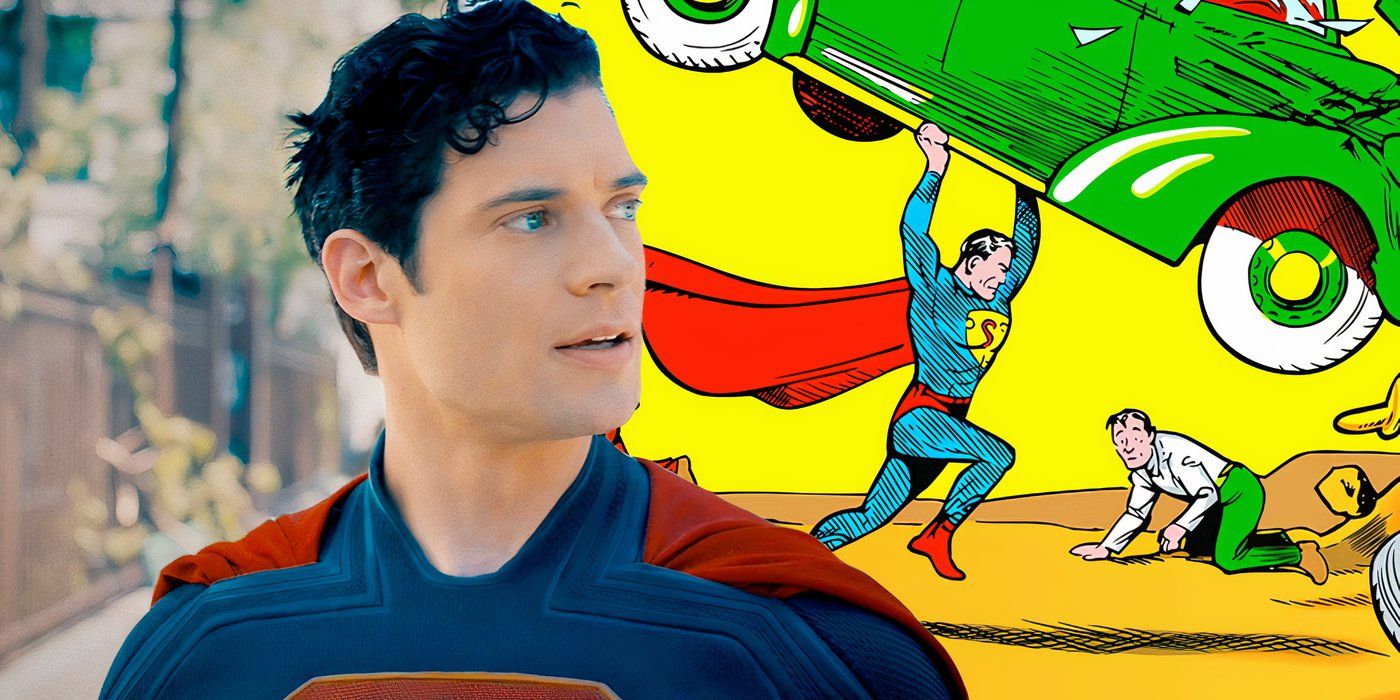
Related
Superman Movie Lawsuit Explained: Why The Creator's Estate Is Suing Warner Bros. Discovery & DC Comics And What It Means
Superman (2025) has been jeopardized by a rights issue that has plagued the character decades, following in a long line of Superman lawsuits.
Jonathan Kent’s death in Man of Steel was completely pointless, as Clark's superhuman abilities could have saved his father without revealing his identity. Clark could have used the tornado to cover his actions or create a distraction. Instead, he watches his father die. Portraying Jonathan's death as a lesson in restraint feels forced, making this moment increasingly difficult to justify with each viewing.
3 DC's Multiversal Superman Cameos
The Flash
The Flash features a sequence showcasing various Superman portrayals from different universes, including CGI renditions of actors like George Reeves and Nicolas Cage in the unproduced Tim Burton Superman movie. While intended as a tribute, the scene's execution was criticized for its subpar visual effects and a complete lack of focus on the titular character. Considering that another major part of the movie celebrated Batman’s cinematic legacy, the Flash himself felt overshadowed.

Related
The Flash Snubbing Grant Gustin Makes Way More Sense After The Director's Recent Comments About Why The DC Movie Bombed At The Box Office
The Flash was littered with issues. Yet the director has blamed its failure on audience interest, which might explain why Grant Gustin didn’t cameo.
Rewatching this segment in The Flash highlights its superfluous nature and serves as a reminder of the film's controversial production choices. The reliance on nostalgia without meaningful context makes this scene feel hollow, diminishing its intended impact. Lest audiences forget, the filmmakers asserted during production that Ezra Miller’s abusive and problematic behavior would soon be forgiven once viewers saw the incredible movie he’d starred in. Yet the final product was laughably poor, with the Superman scene representing many of the movie’s poor decisions.
2 Robin's Inappropriate Advances Toward Batgirl
Batman & Robin
In Batman & Robin, Alicia Silverstone stars as a reworked Batgirl, appearing as Alfred Pennyworth’s niece. Upon Barbara's arrival at Wayne Manor, Robin makes repeated overt advances towards her, which feels quite creepy in retrospect. Barabara is introduced wearing her school uniform, suggesting that she is far too young for Dick Grayson, who is presumably in his mid-twenties in Batman & Robin. While the pair enjoy a romance in the comics, they are normally aged much closer to each other.
The ambiguity surrounding their age difference certainly compounds the issue, but coupled with the overt flirtation, this scene becomes incredibly uncomfortable. Revisiting it in an age where sexually inappropriate conduct is rightly no longer tolerated accentuates its inappropriateness and the film's tonal missteps. The portrayal of their possible relationship lacks depth and sensitivity, making this moment particularly cringeworthy and out of place within the narrative.
1 Joker's Assault on Batgirl
The Killing Joke
In the adaptation of the 1988 graphic novel Batman: The Killing Joke, the Joker executes a brutal attack on Barbara Gordon, also known as Batgirl. He arrives at her apartment, and upon her opening the door, he shoots her in the abdomen, causing a life-altering spinal injury that leaves her paralyzed. The assault doesn't end there though; the Joker proceeds to undress Barbara and takes photographs of her in a state of undress and agony.
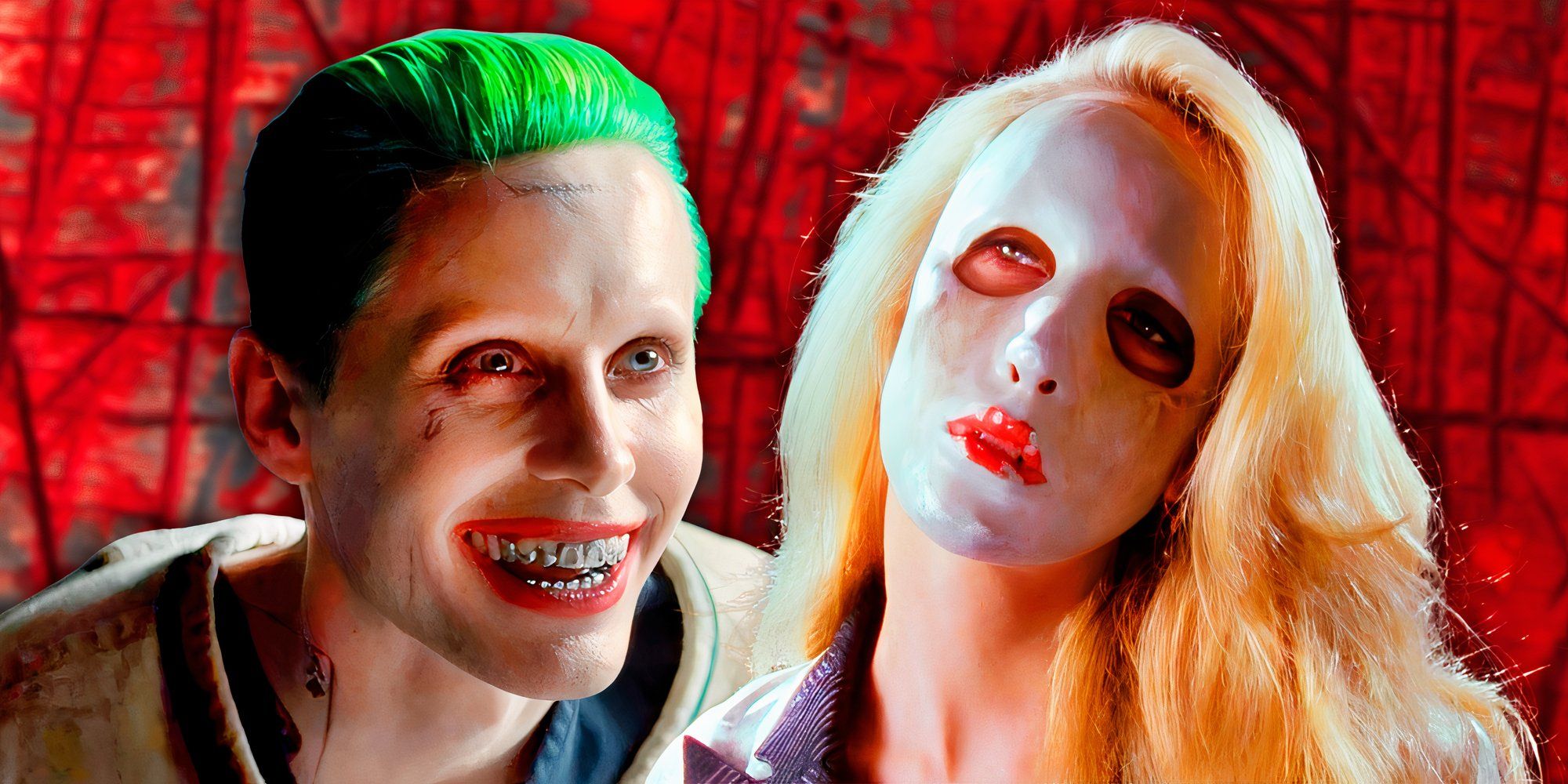
Related
10 Worst Things Joker Has Ever Done In DC Movies And TV Shows
The Joker is the most infamous comic book villain ever, and has enacted some of the cruellest and most horrible deeds in DC movie and TV history.
These images are later used to torment her father, Commissioner James Gordon, in an attempt to drive him insane. This act of violence has been a subject of extensive debate and criticism. Many argue that it exemplifies the "women in refrigerators" trope, where female characters are victimized solely to advance a male character's storyline. Regardless, the severity and nature of the assault make this scene particularly harrowing, making it an incredibly difficult DC scene to watch, then and since.
-
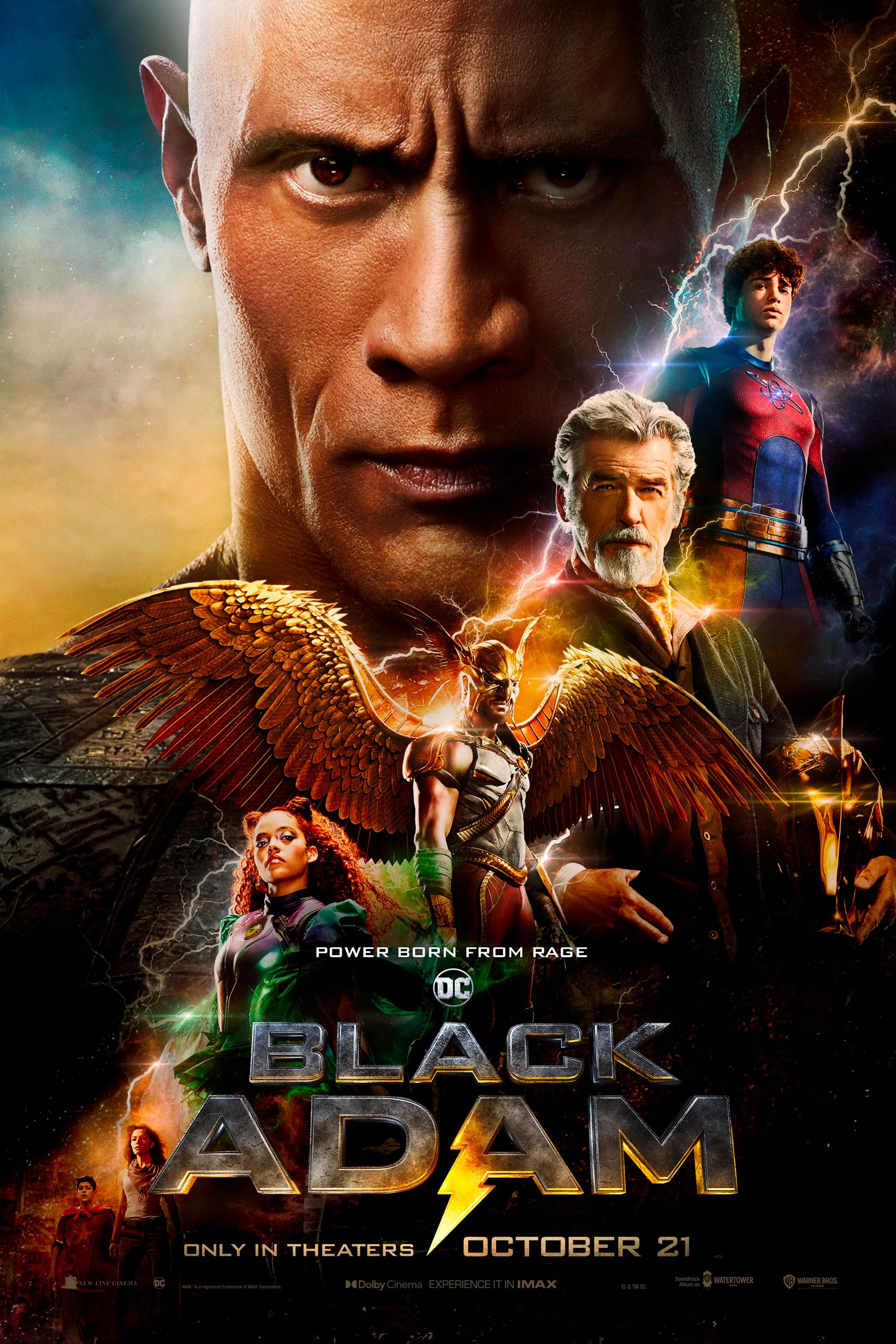
Black Adam
5/10
Release Date October 21, 2022
Runtime 125 Minutes
Director Jaume Collet-Serra
Writers C.C. Beck, Otto Binder, Rory Haines, Sohrab Noshirvani, Adam Sztykiel
-

-
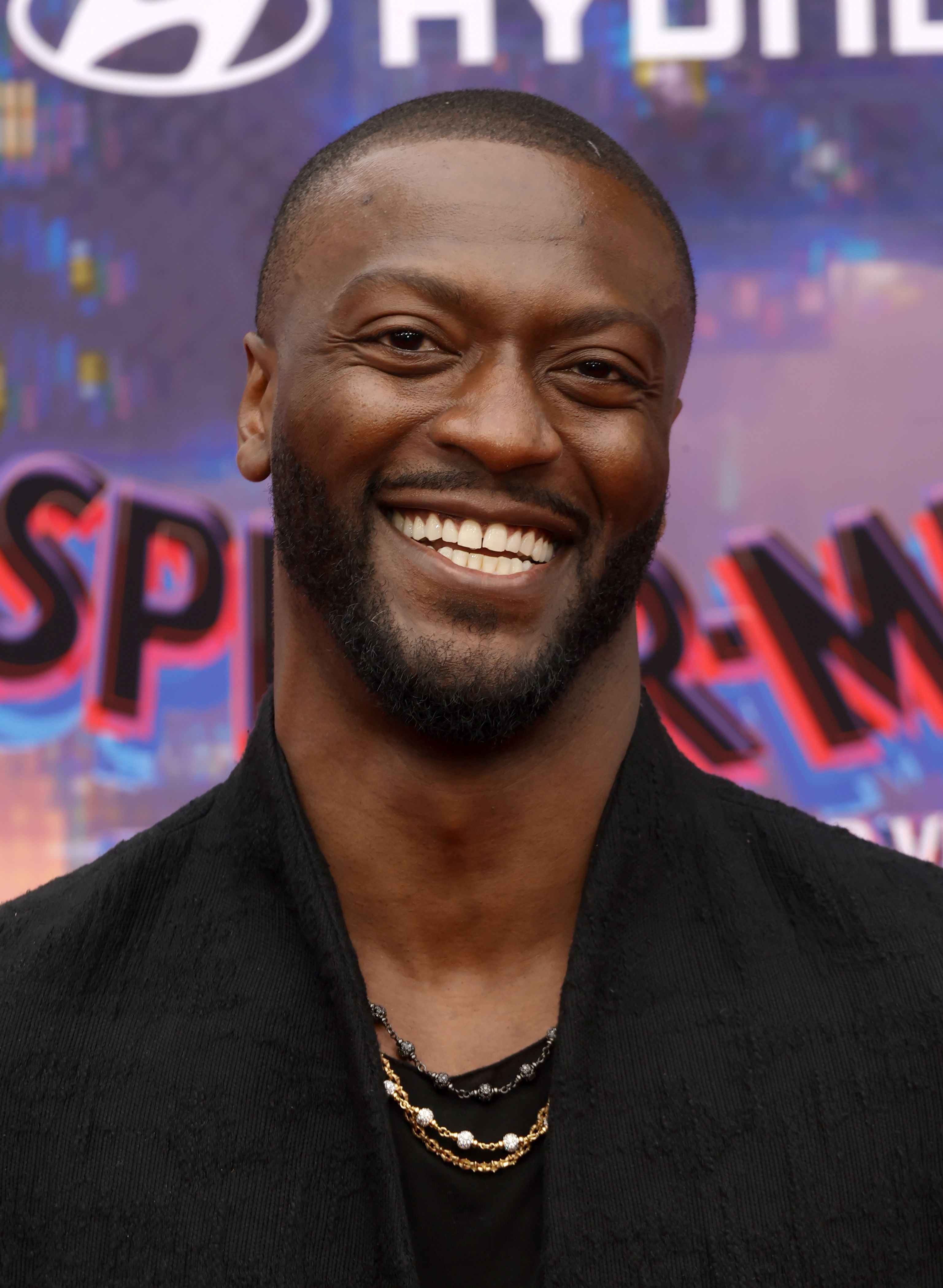
Aldis Hodge
Hawkman / Carter Hall
-
-
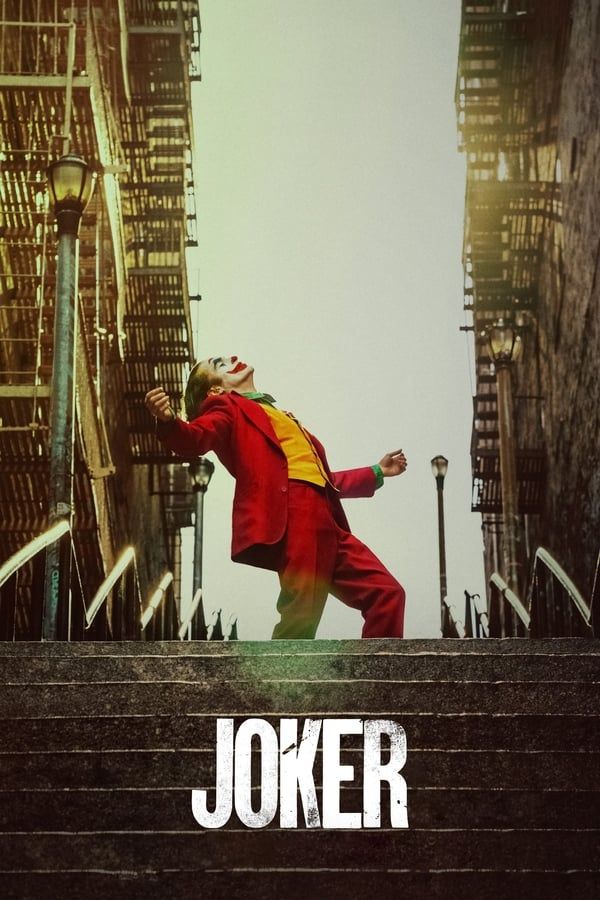
Joker
5/10
Release Date October 2, 2019
Runtime 122 minutes
Director Todd Phillips
Writers Todd Phillips, Scott Silver
-

-
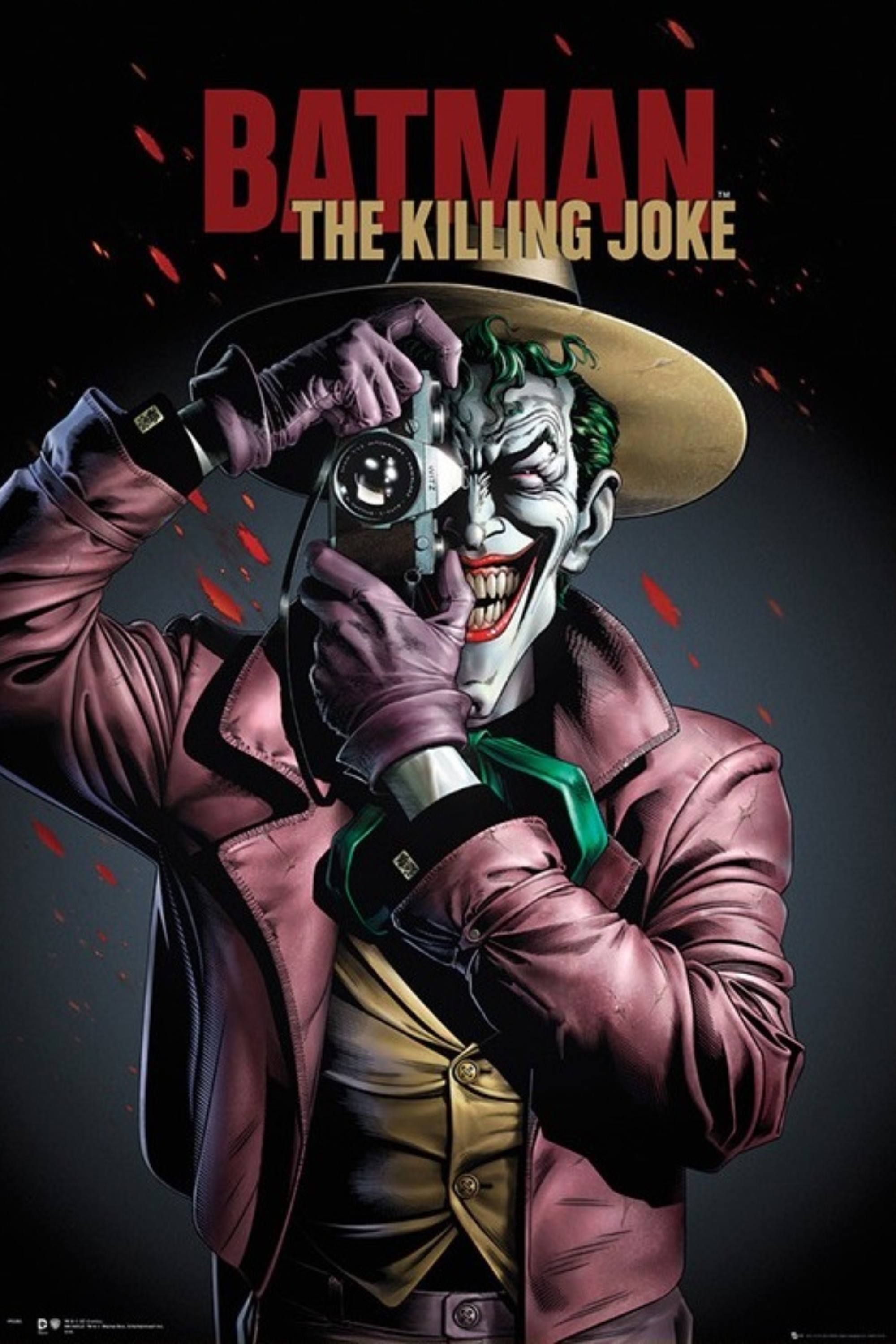
Batman: The Killing Joke
Release Date July 24, 2016
Runtime 72 minutes
Director Sam Liu
Writers Bob Kane, Bill Finger, Alan Moore, Brian Bolland, Jerry Robinson, Brian Azzarello -

-
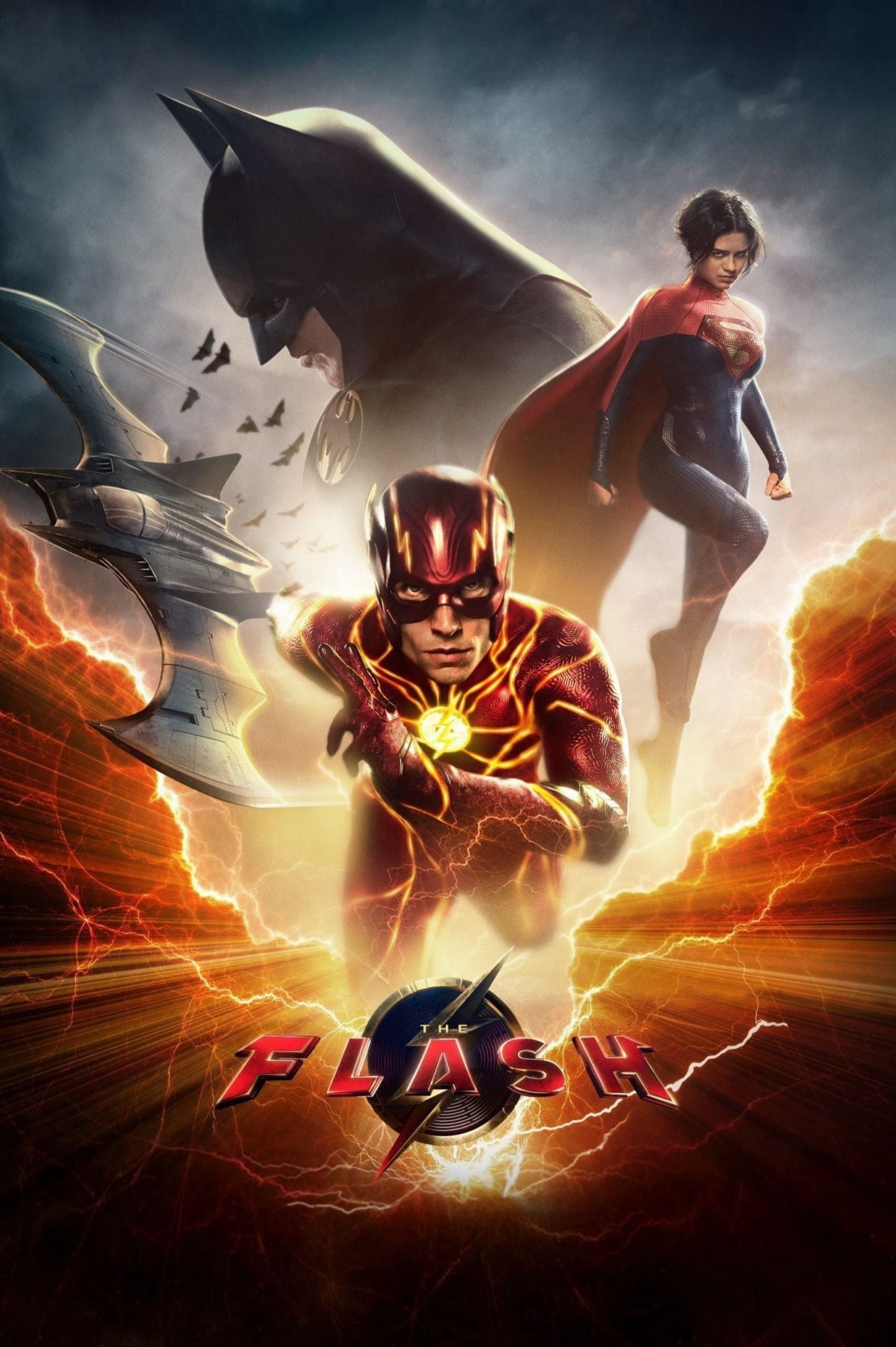
The Flash
4/10
Release Date June 16, 2023
Runtime 2 hours 24 minutes
Director Andres Muschietti
Writers Christina Hodson, Joby Harold
-
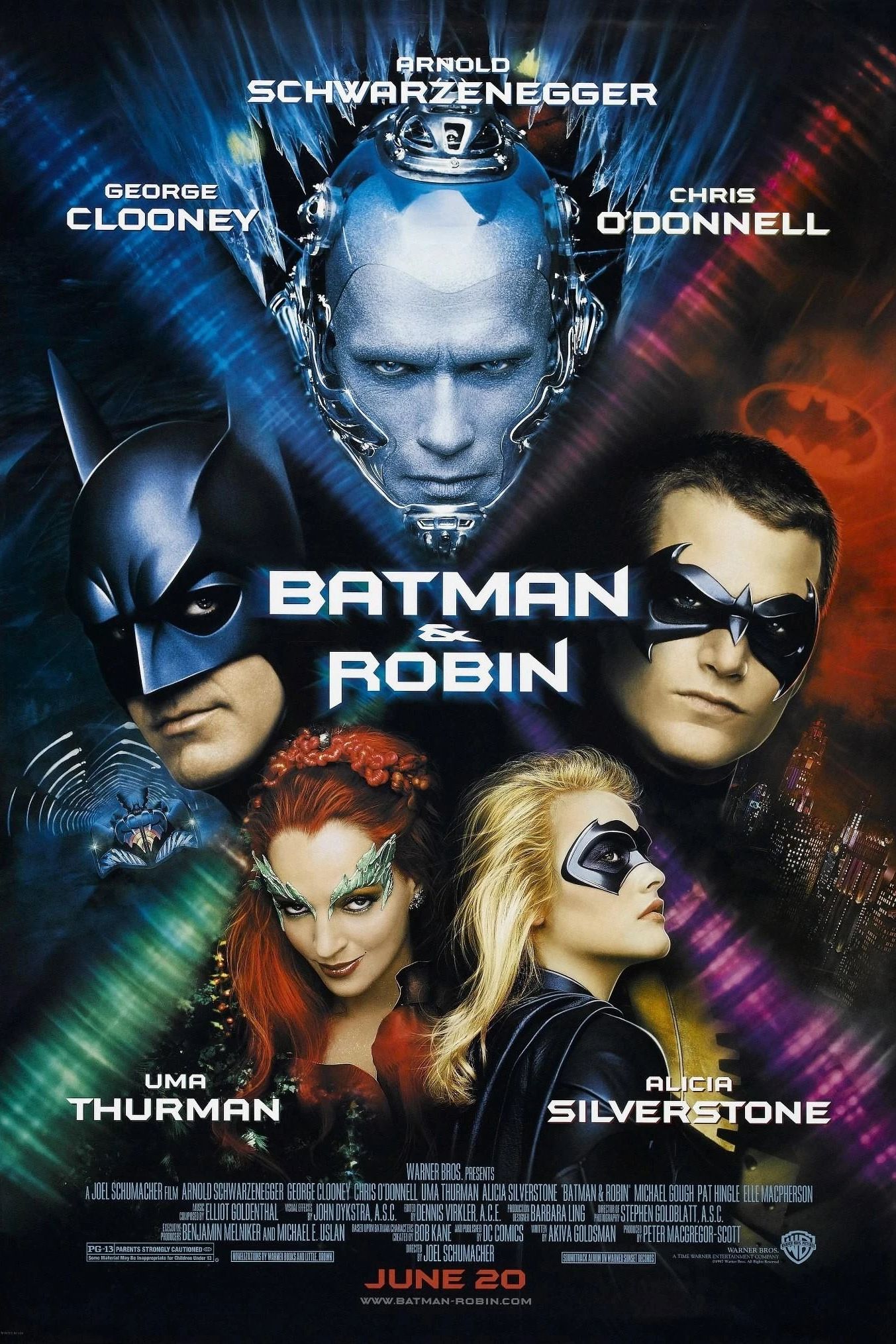

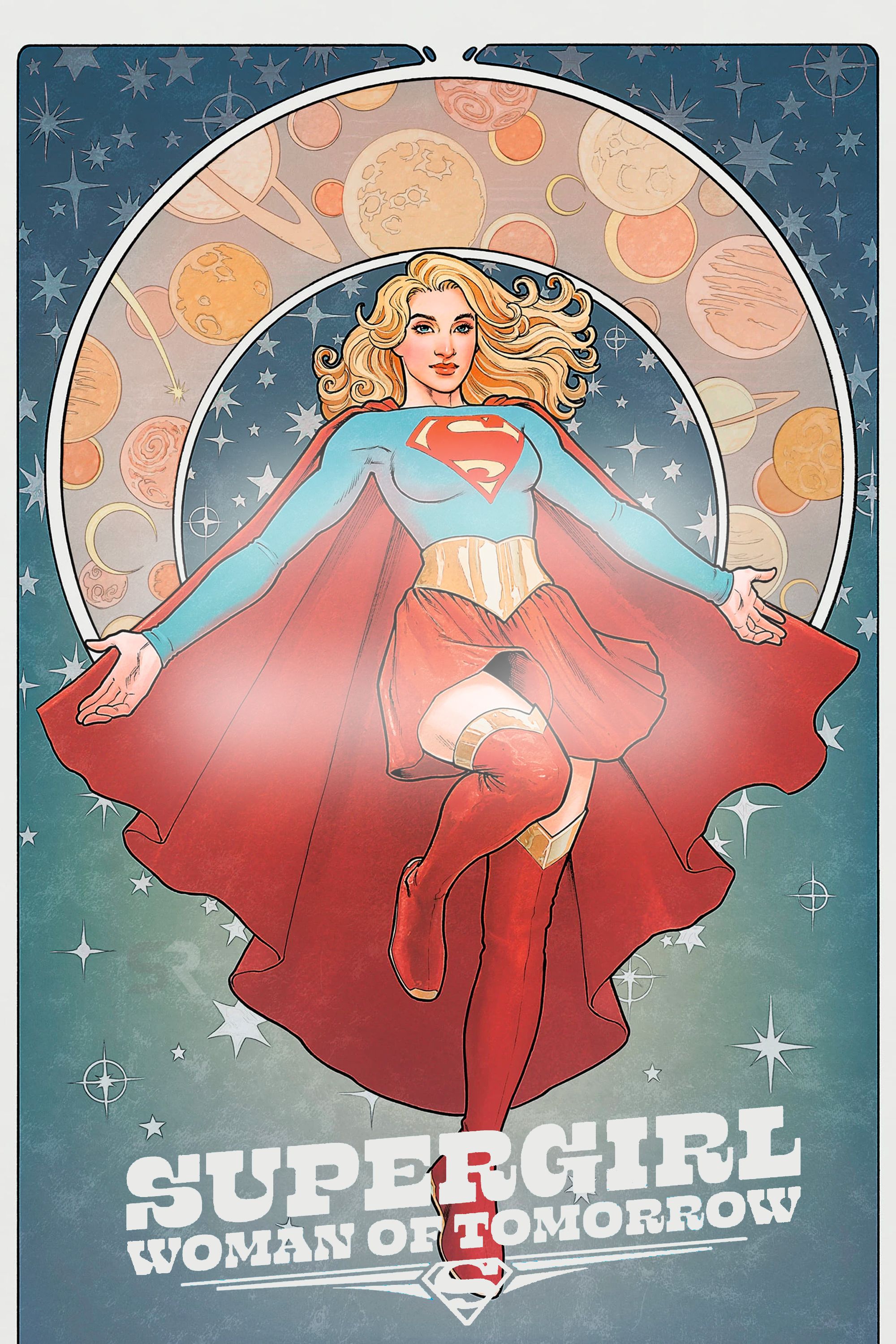







 English (US) ·
English (US) ·